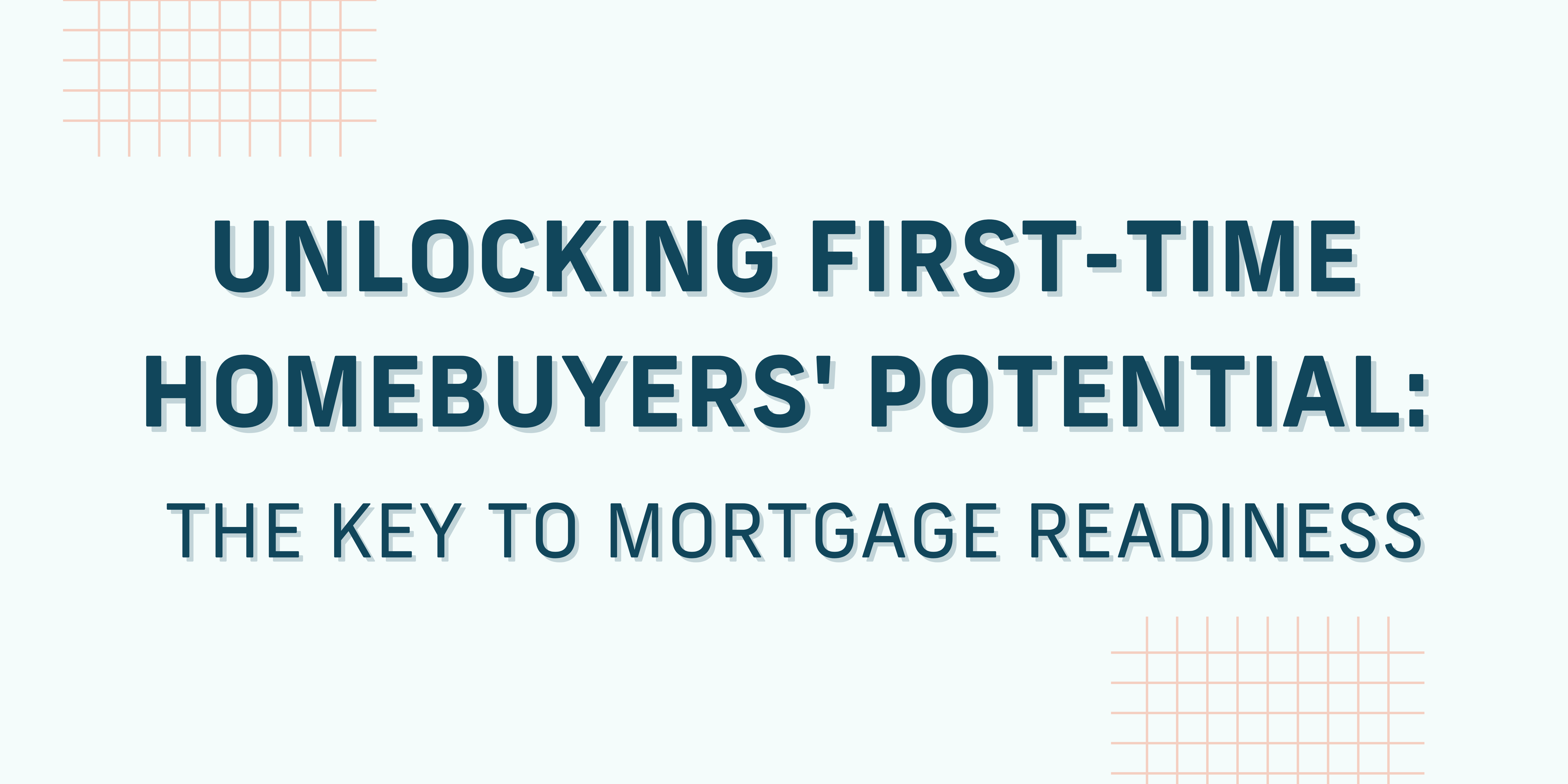Unlocking First-Time Homebuyers’ Potential: The Key to Mortgage Readiness
Within the homebuying landscape, a frequently overlooked aspect continues to notably elude mainstream conversation. As industry veterans, we’re all too familiar with the hurdles and anticipations surrounding first-time home purchases. Yet, amidst the clamor over down payments and interest rates, a pivotal issue often escapes discussion.
The true barrier to homeownership isn’t the down payment – it’s achieving mortgage readiness.
Statistics from Freddie Mac shine a glaring light on this issue, revealing that the primary roadblocks for prospective homeowners are attributes related to financial health: Suboptimal credit profiles, inflated debt-to-income ratios, and a history of financial missteps. While industry conversations habitually gravitate towards down payment assistance programs, we’re inadvertently overlooking a critical piece of the puzzle.
The Misunderstood Obstacle
Contrary to popular belief, the challenge isn’t solely about stashing away enough for a down payment. An eye-opening 30% of mortgage applications fall through due to excessive debt-to-income ratios, while poor credit scores account for another 25% of rejections. These figures are a clarion call; the issue at hand necessitates a more nuanced approach than merely facilitating savings.
Pivoting Towards Mortgage Readiness
Herein lies an opportunity for us, as mortgage lenders and loan officers, to reframe our engagement strategy. The traditional point-of-sale interaction, while important, needs to evolve. Our aim should extend beyond immediate transactions to encompass a more holistic, preparatory engagement with potential homebuyers.
Imagine the impact of a strategy that involves us at the “point of thought”—the very moment when the idea of homeownership begins to germinate in the minds of our clients. This paradigm shift from reactive to proactive engagement can be revolutionary.
Leveraging Mortgage Technology: A Path Forward
How do we, as an industry, facilitate this change? The answer lies in leveraging mortgage technology to its fullest potential.
By integrating financial education, credit monitoring tools, and customized advisory services well ahead of the homebuying process, we’re not just facilitating transactions; we’re cultivating a more informed, prepared base of homebuyers.
Mortgage technology can serve as the bridge between the aspiration of homeownership and the reality of being mortgage-ready. From personalized budgeting apps that help manage debt-to-income ratios to credit simulators that provide insight into how financial decisions impact credit scores, technology offers myriad solutions.
Cultivating Success
This proactive approach does more than increase our loan closure rates—it fosters long-term success for first-time homebuyers. By engaging early, we’re not just addressing the symptoms (like saving for a down payment) but tackling the root issues that hinder mortgage readiness.
Conclusion
As we look forward to the future, the call to action is clear. The mortgage industry must pivot, embracing a more comprehensive and anticipatory approach to first-time homebuyers. Through the strategic use of mortgage technology and a focus on mortgage readiness, we have the opportunity to turn the tide, breaking down barriers to homeownership and paving the way for more Americans to achieve their homebuying dreams.
The journey towards homeownership should not be a solitary venture. As industry professionals, we have the tools, knowledge, and technology at our disposal to guide, educate, and empower prospective homebuyers. It’s high time we put these resources to work, transforming the landscape of first-time homebuying for the better.




